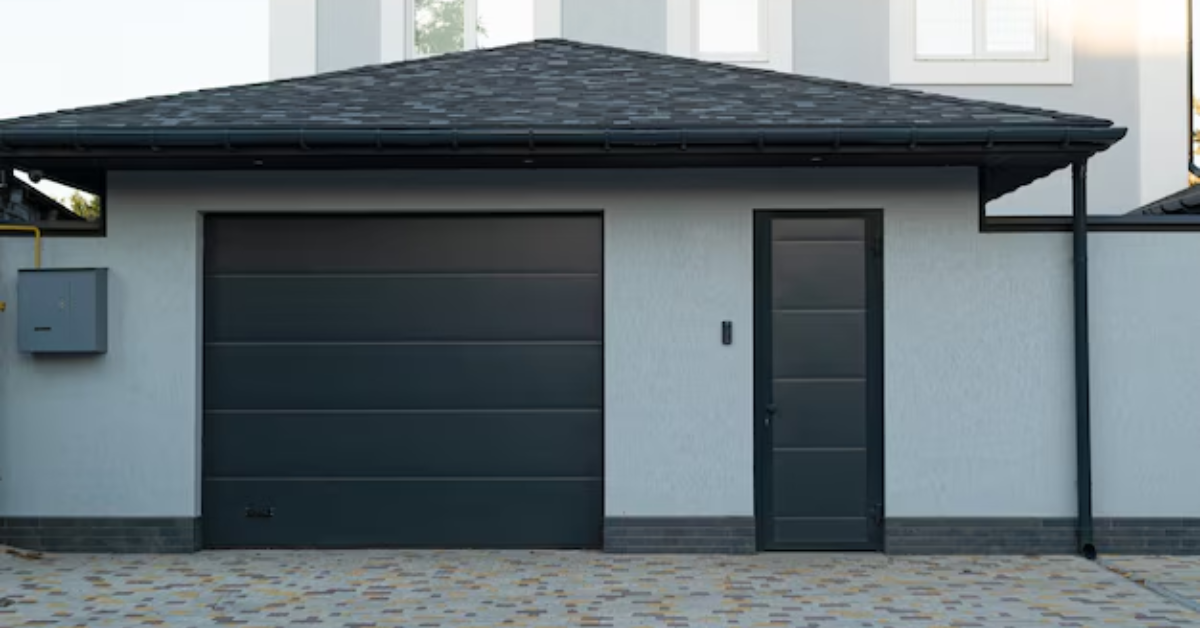What Are Common Garage Door Installation Mistakes to Avoid?
Installing a garage door may seem like a straightforward project, but it’s far more complex than it appears. Whether you’re a seasoned DIYer or hiring a contractor, making common garage door installation mistakes can lead to safety risks, mechanical issues, and long-term costs. Garage doors are heavy, spring-loaded systems that require precision, proper alignment, and safety measures to function correctly.
This article outlines the most common garage door installation mistakes and how to avoid them to ensure a smooth, safe, and efficient installation. These insights not only help homeowners save money but also enhance the door’s performance and durability.
1. Incorrect Measurement of the Garage Opening
One of the first and most common mistakes during a garage door installation is failing to take accurate measurements. The garage door must fit perfectly within the opening to operate smoothly. If the width, height, or headroom is off even by a few inches, it can cause issues with alignment and functionality.
Before purchasing a door or starting the installation process, double-check the following:
- Width and height of the garage opening
- Headroom space for the spring system
- Side room clearance for track installation
Taking precise measurements ensures the door will open and close properly without scraping or misalignment.
2. Improper Spring System Installation
The spring system is the heart of a garage door. It counterbalances the door’s weight and ensures smooth operation. Installing the wrong type of springs, or failing to properly tension them, is a serious mistake that can lead to malfunction or injury.
Torsion and extension springs are common, but each has its own installation requirements. If springs are not balanced, the door may be difficult to lift manually or could crash down unexpectedly. Always follow manufacturer guidelines, and if you're not experienced with spring systems, it’s best to hire a professional.
3. Neglecting Track Alignment
Garage door tracks guide the door’s movement as it opens and closes. When tracks are not installed level and plumb, the door may not move smoothly, can become noisy, or worse, derail.
Track alignment issues typically happen due to poor measurement, incorrect hardware installation, or failing to level the tracks before securing them. Proper alignment also prevents unnecessary strain on the rollers and opener, increasing the door's lifespan.
4. Using the Wrong Hardware
Garage door installation kits come with specific hardware for a reason. Using mismatched or low-quality parts can lead to structural instability. For example, using wood screws where lag bolts are required could result in loose brackets or support failures.
It’s crucial to use all components provided with the garage door system and avoid substitutions unless approved by the manufacturer. This ensures safety and optimal performance.
5. Poor Weather Sealing
Garage doors serve as a barrier between your home and the elements. Skipping weatherstripping or improperly installing it can lead to drafts, water leaks, and increased energy bills. Many homeowners forget to install bottom seals, side seals, or threshold seals, which can compromise the insulation of your garage.
To avoid this, inspect the sealing components included in your installation kit and make sure they’re correctly placed. A well-sealed garage door helps maintain interior temperature and prevents debris from entering.
6. Incorrect Garage Door Opener Placement
Installing the garage door opener without proper alignment can strain the motor and chain, resulting in a jerky or noisy operation. The opener must be centered and aligned with the door’s movement path. Additionally, the opener should be securely mounted to ceiling joists or a sturdy support structure to prevent vibration and damage.
Failing to position the opener correctly can lead to early motor wear and compromised performance. Make sure to follow manufacturer spacing recommendations and use appropriate mounting brackets.
7. Lack of Safety Features
Modern garage doors are equipped with safety features like photo-eye sensors and auto-reverse systems. Failing to install or test these features properly can be dangerous, especially in households with children or pets.
Photo sensors should be installed no more than 6 inches from the ground, aligned directly across from each other. If these sensors are misaligned or disconnected, the door may not reverse when an object is detected.
8. Skipping Regular Testing and Final Inspection
One of the final yet most crucial steps in the garage door installation process is testing the entire system. Some installers skip this step or do a cursory check. However, a complete inspection ensures the door operates smoothly, safely, and without excessive noise.
You should test:
- Manual operation
- Opener function
- Balance of the door
- Safety sensor response
Catching small errors early can prevent costly repairs and safety risks down the line.
Final Thoughts
Avoiding common garage door installation mistakes starts with preparation and attention to detail. From taking accurate measurements to ensuring the spring system is correctly installed, every step plays a vital role in the overall success of the installation. Using the right hardware, aligning the tracks, and securing the opener properly are all essential to long-term functionality and safety.
Remember, a garage door is a heavy and complex mechanical system. When in doubt, it's always a smart move to consult a licensed professional to ensure that your installation meets all safety standards and building codes. By taking the time to do it right the first time, you’ll enjoy a quieter, safer, and longer-lasting garage door.




